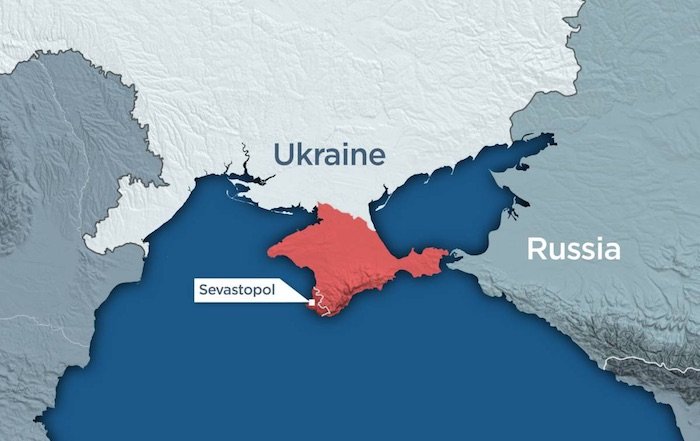
**’Microlightning’ from Peeling Tape: A Green Chemistry Revolution**
Recent studies by researchers in China and the United States have found that the strong electric fields generated by peeling tape can create ‘microlightning’, which is capable of ionizing reactants and initiating chemical reactions. This advancement could lead to more environmentally friendly synthesis techniques and provide insights into prebiotic natural mechanisms.
Efforts to decarbonize the chemical sector encompass the development of electrochemical alternatives to conventional methods, such as the Haber–Bosch process for ammonia production. One approach to achieving this involves using arc discharge to ionize reactants and bypass activation energy barriers. However, producing and supplying the necessary electricity poses a considerable challenge. Richard Zare, a physical chemist at Stanford University, emphasizes the historical dependence on devices like car spark plugs for this purpose.
Zare’s group, which includes scientists from Nankai University and East China Normal University, showed that peeling tape could generate the required electrical discharge. Initially noted in 1939 and further investigated in 2008, tape peeling can release x-rays due to intense electric fields, which induce a dielectric breakdown of the air. This occurrence partly clarifies the painful shock felt when removing a bandage.
The team utilized a motorized rotating roller to peel Scotch tape, applying vibrational Stark spectroscopy and mass spectrometry to measure the electric field and the resulting chemical entities. At speeds exceeding 0.3 m/s, they successfully triggered reactions such as the Menshutkin reaction between pyridine and methyl iodide, a vital process in organic synthesis for pharmaceuticals.
Seth Putterman from UCLA remarks that the high energies generated by peeling tape surpass the demands for typical chemical reactions, even hinting at the potential for nuclear fusion, albeit inefficiently. The study aims to comprehend and leverage such energy for practical applications.
Although the emphasis is on microlightning from tape, the researchers do not intend to utilize it for directly powering reactions. Instead, broader possibilities of the concept are under investigation, such as generating microlightning by spraying water droplets or bubbling gas through water. In related research, a team including Zare found that adding alkyne vapors to water microdroplets could yield carboxylic acids under ambient conditions through microdischarge-induced ozone generation. Zare speculates that processes like these, potentially linked to events such as the will-o’-the-wisp, might have contributed to the formation of life’s fundamental components in the past.